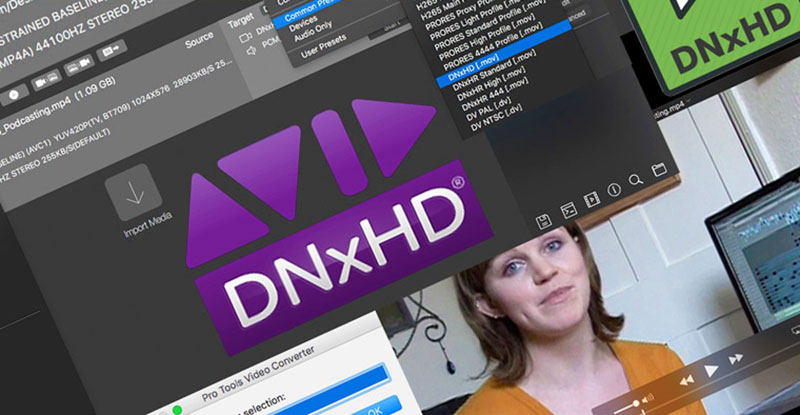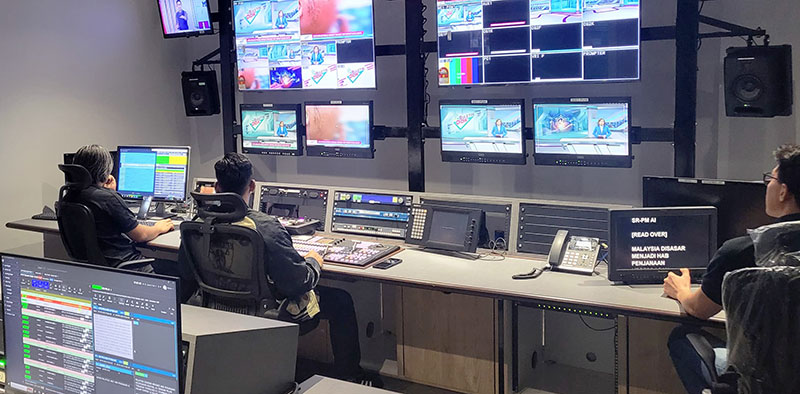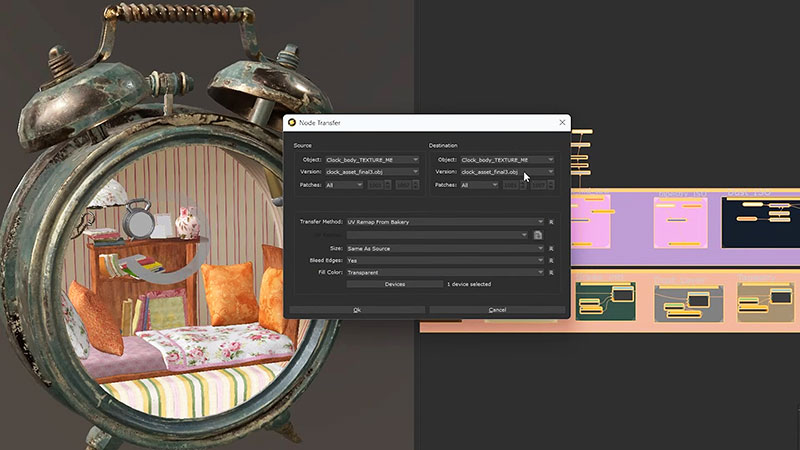SMPTE has joined with Avid to publish a new standard for the VC-3 codec, Avid’s DNx family, in the IMF standard, Simplify Distribution of Audiovisual Content for broadcast.

SMPTE has joined with Avid to publish a new standard for the VC-3 codec in the Interoperable Master Format (IMF).
Enterprise media organizations around the world use the VC-3 standard, a production codec implementation that Avid develops under the DNx brand, for critical broadcast functions such as capture, editing, rendering, base transcoding and long-term archive. SMPTE ST 2067-70 is a new standard that specifies an application of the IMF framework covering usage of VC-3 as specified in SMPTE ST 2019-1.
To describe the application, Avid VP of Technology, Shailendra Mathur said, “For many of Avid’s customers, the DNx family of codecs, VC-3, is used in their productions as a mezzanine format to preserve quality, while maintaining a high level of editing performance on common off-the-shelf desktop and server hardware. This newly published standard will allow the same mezzanine-quality codec used in production, to now be passed through to the IMF mastering stage for distribution.”
The IMF international media standard delivers a single interchangeable master file format and structure for the distribution of content. In wide use, IMF is a family of SMPTE Standards (SMPTE ST 2067) that simplifies the storage of all the audiovisual content needed to create different versions for distribution to multiple territories and platforms in one package. It is an essential component of modern, large-scale content supply and has helped to simplify delivery and processing systems for versioning. The IMF package itself can be used for B2B content exchange between content owners, post facilities and distribution platforms.

As VC-3 is a primary production codec used when delivering to a variety of broadcasters, the new ST 2067-70 standard covers its usage with IMF, which enables delivery of content in VC-3 codecs. This ability closely matches the goals of IMF by preserving the maximum quality possible for future distribution/reversion and archive. The standard allows any broadcast facility to deliver final assets for broadcast or archive (or both) with as much of the original creative intent in place as possible.
It also gives users the choice to use a constant bit rate (CBR) codec profile, which lends predictability to storage and network transport. The standardisation is expected to lead to time and cost savings, and avoid quality degradation due to the ability to pass-through previously encoded content without having to transcode into a different format.
The DPP, an organization with members from across the media supply chain including media technology and production companies, initially approached SMPTE and Avid as a co-proponent in the development of this standard. ST 2067-70 has significant workflow advantages over the alternatives currently in the specification, including simple insertion of changes before creating a final IMF deliverable, and potentially faster turnaround times.
“It has been great to support the collaboration between Avid and SMPTE to enable the use of VC-3 codec within the IMF framework,” said DPP Technology Strategist David Thompson. “This addition meets a clear business need for companies who use VC-3 as their primary production codec and wish to adopt IMF for distribution and archiving.”
“We are pleased to be working with SMPTE on improvements to the DNx family of codecs, VC-3, for the benefit of our member partners in the DPP,” said Avid Chief Technology Officer Kevin Riley. “Avid understands that improving DNx is critical to our customers in keeping existent media processing chains intact. This new standard maintains the ability for our DNx codec to be storage- and network-friendly while also producing time and cost savings, as the delivery format can now match the production codec used by our partners and customers.” www.smpte.org




















